Exactly Where Are the Galapagos Islands Located
If you are considering to take a Galapagos trip, you probably what to know some basic facts of the archipelago, to start with, you might what to know precisely where the islands are. Here’s a quick start-up guide to get you basic facts right before you hop in to your journey. The Islands are an archipelago of volcanic islands located in the Pacific Ocean right in the Equatoor Line, 605 miles to the west of South America. The Islands are part of Ecuador, which is also the closest land mass to them. Here’s a useful blog on how to get to the Galapagos Islands.
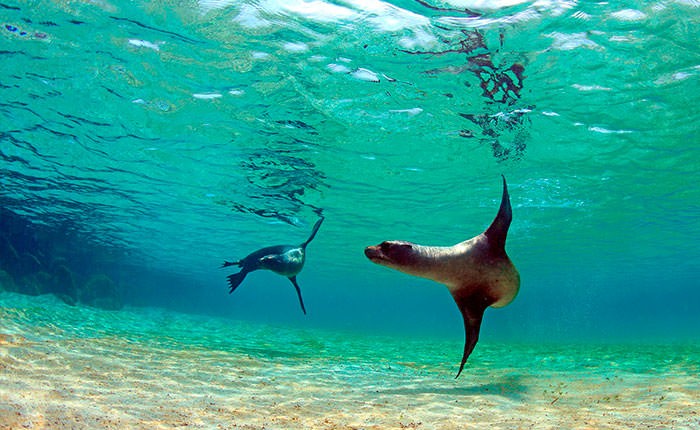
One unique thing about the Galapagos Islands’ location is the fact that they are located in the northern and southern hemispheres, on both sides of the equator. The northernmost island of the Galapagos, Darwin Island, is 137 miles away from the southernmost place of the archipelago, Española Island. There are a total of 19 islands in the Galapagos archipelago, with 13 main and 6 smaller ones. The combine area of the islands is just above 3,000 square miles of land, inhabited by about 25,000 people.
Where Three Currents Converge.
The location of the islands is extremely interesting from another perspective – they are situated where three ocean currents converge, the South and North Equatorial Currents, along with the Equatorial Counter Current. This largely influences the climate on the Galapagos Islands, which is usually hot and rainy from December to June and fairly cool from June to November. Average temperatures are about 80 degrees Fahrenheit in the hot season and 70 degrees in the cooler period. The water around the Galapagos Islands is best for diving between December and May when it is calm and warm.
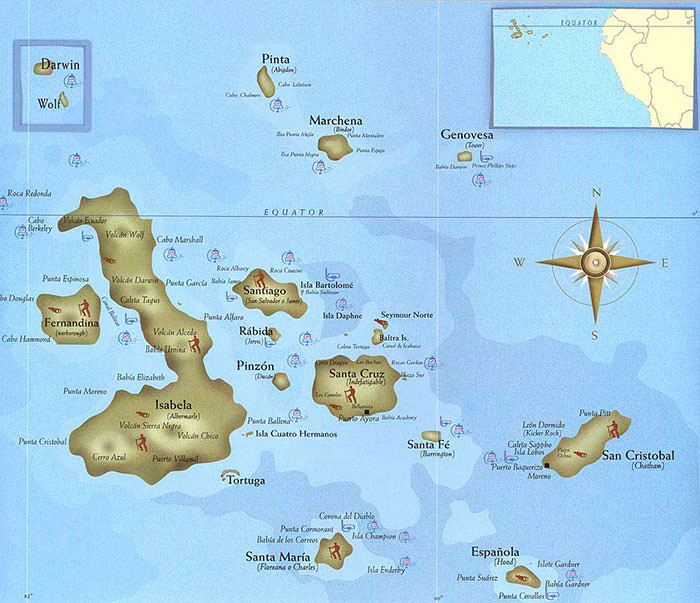
If you are wondering how to choose a tour to Galapagos, you might want to start off by finding more about the location of certain destinations. And the Galapagos Islands’ location truly is amazing. They are a fascinating and magical place off the coast of Ecuador that any person should visit at least once. The Galapagos archipelago is a UNESCO World Heritage Site and for a good reason – the islands have a unique location, surrounded by the crystal-clear turquoise-blue waters of the Pacific Ocean, rich biodiversity, with one of the riches marine ecosystems one can find out there and fascinating animal species typical only for the Galapagos archipelago.
The Wildlife
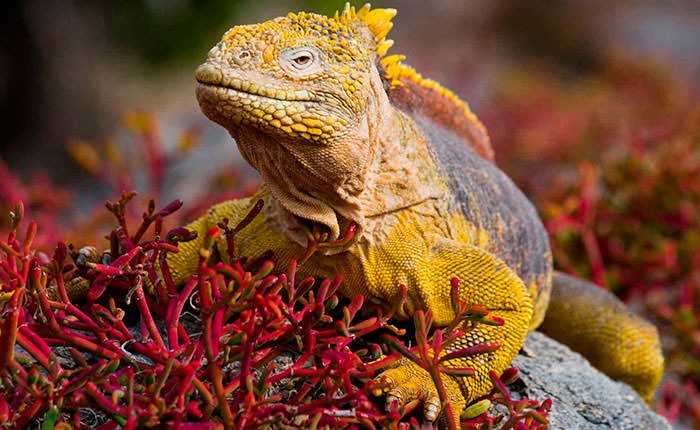
The fascinating wildlife on the islands is one of the main reasons why Galapagos travel experts recommend it as a destination. The islands are inhabited by friendly and curious creatures, including the giant tortoises, which are the largest ones in the world, marine iguanas, flightless cormorants, Galapagos finches and penguins, fur seals and blue-footed boobies, Galapagos hawks and magnificent frigatebirds, all unique for this place.
Traveling to Galapagos soon? Below you may find come of Galapagos most popular tours by land and by cruise. Check them out!
Galapagos Islands Most Popular Tour
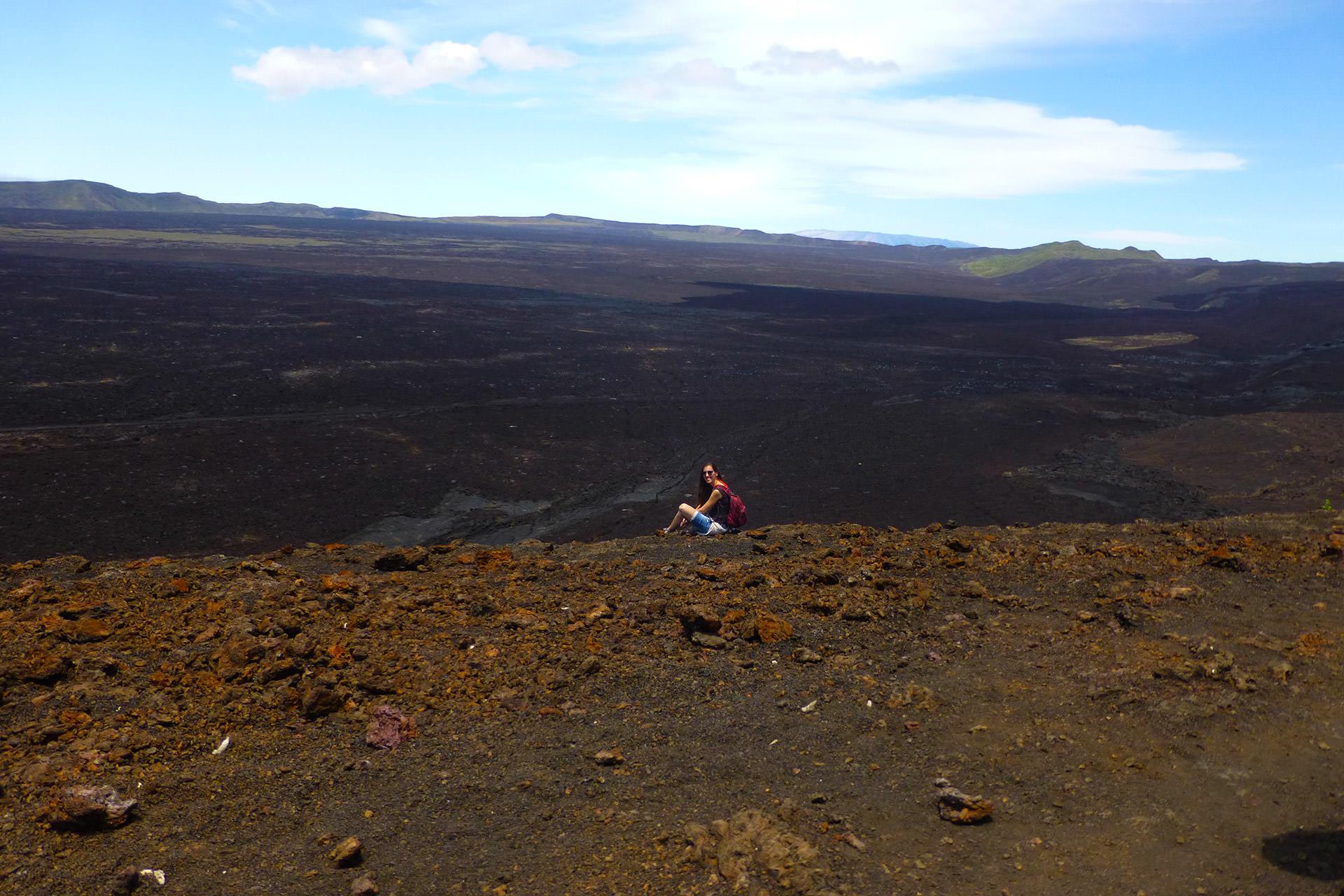
5-Days Galapagos Island Hopping This 5-day Magic of Isabela Galapagos island hopping tours is a land-based tour focusing on Isabela Island, the “Lost Paradise” of the Galapagos, while also visiting Santa Cruz Island. Read More
Galapagos Cruises and Ship Tours When looking for Galapagos Cruises, this section makes it all easy and smooth. Here you may find a comprehensive and careful selection of the best Galapagos Cruises: Read More
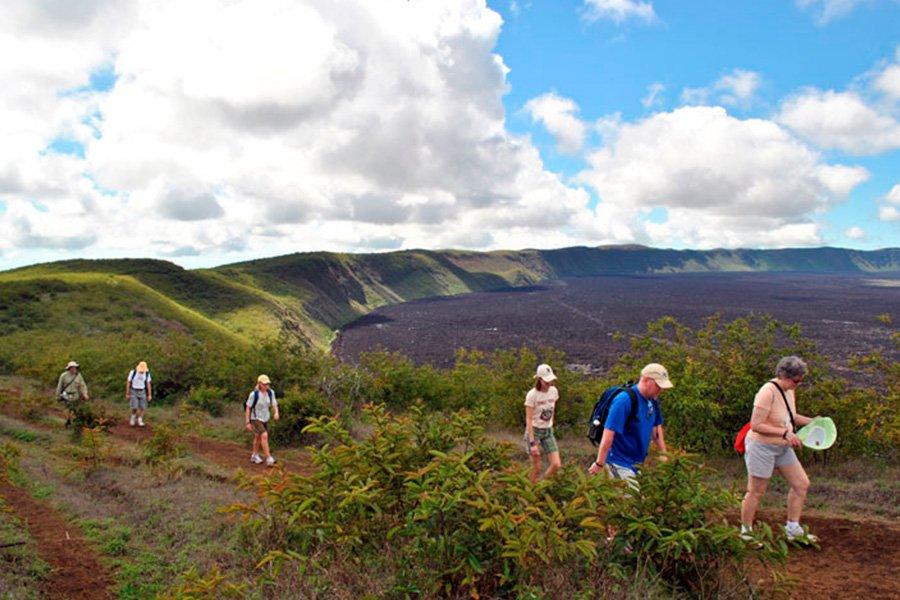
12 Days Tour Galapagos, Amazon & Quito This 12 days tour is a perfect blend of Quito, Galapagos and Amazon Jungle. Discover Ecuador’s most exotic locations in 12 days of beauty and breathtaking sceneries. Read More

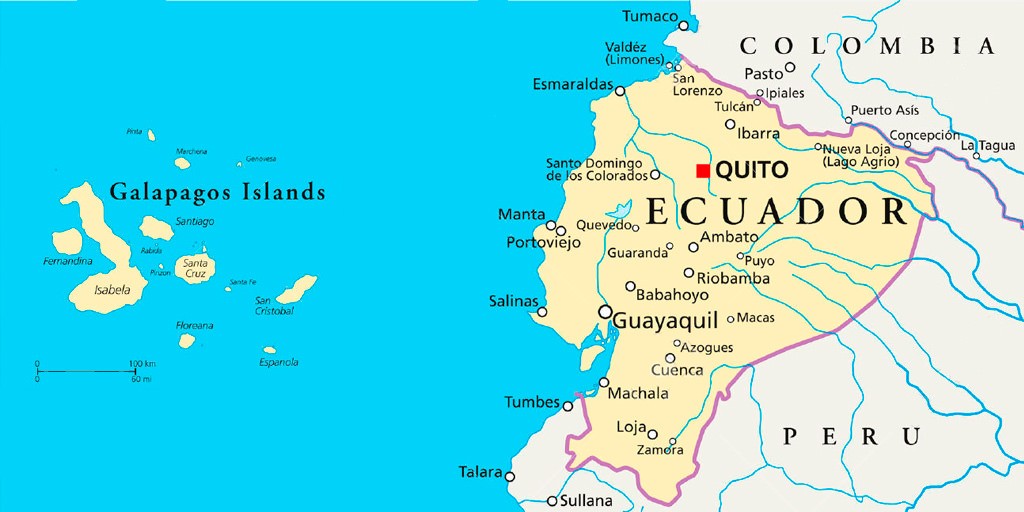

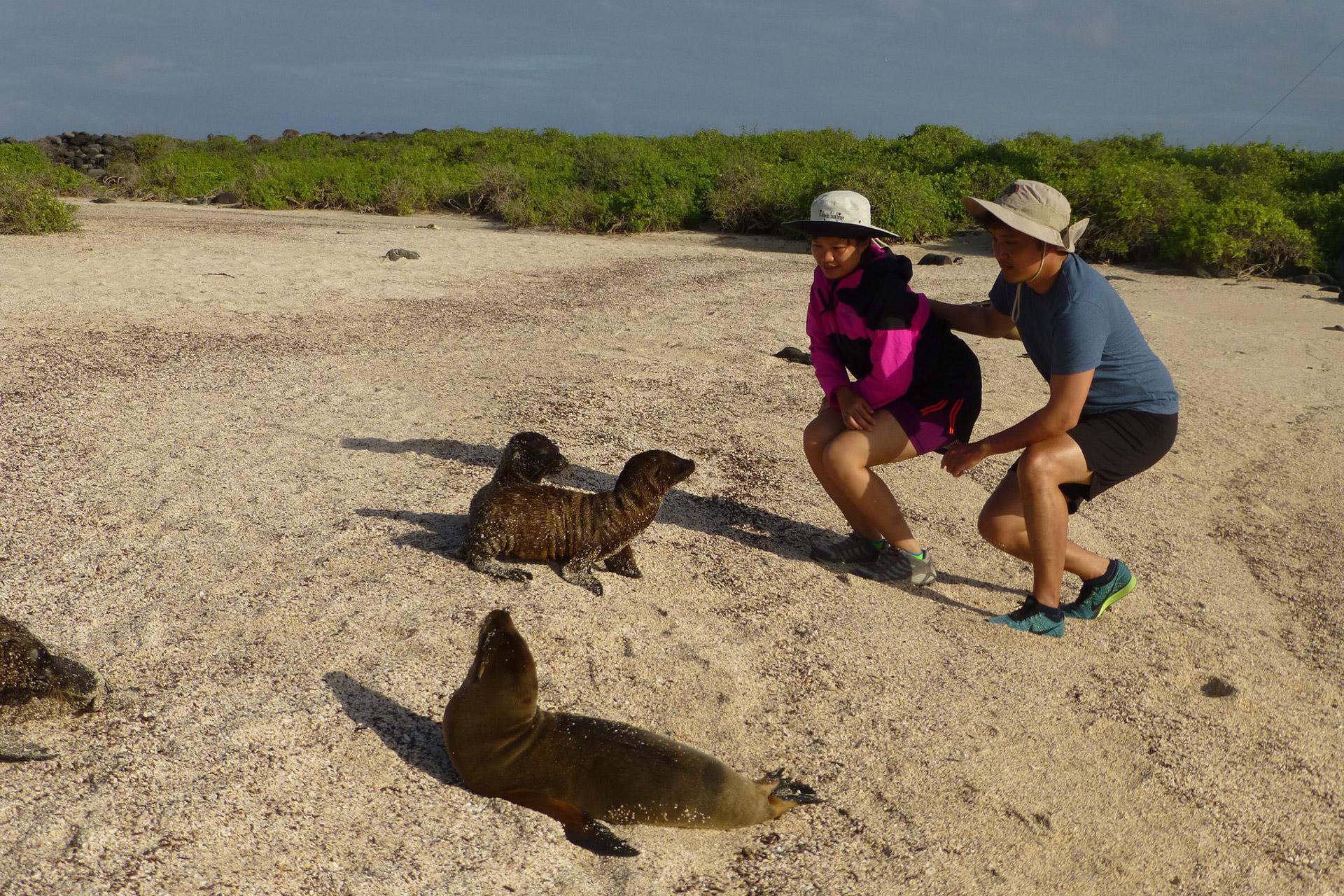

Comments